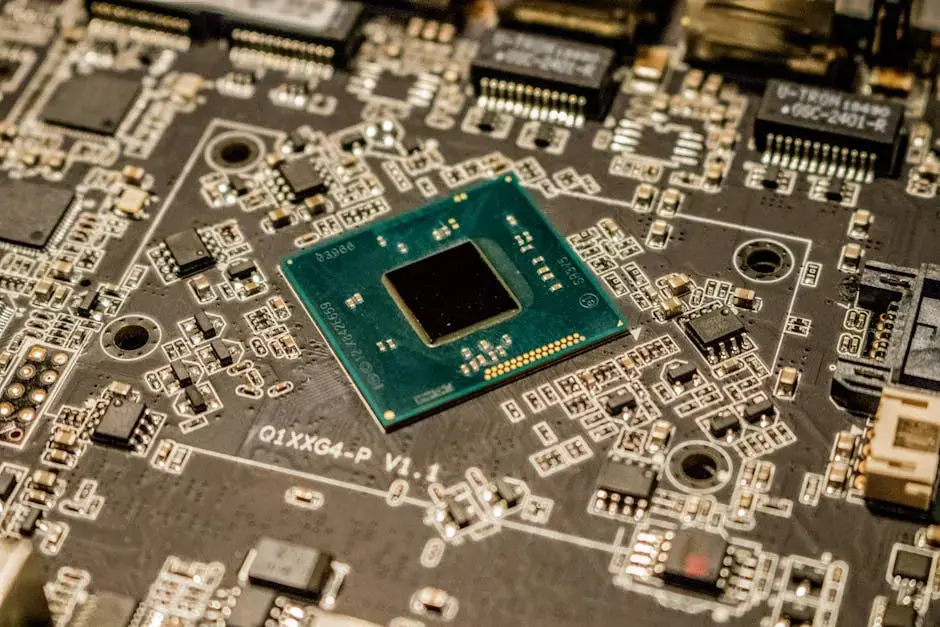Top 6 System Integration Solutions for Streamlined Water Treatment Processes
- AAAPlus Automation
- Jul 24, 2024
- 4 min read
Navigating the complex world of water treatment processes requires cutting-edge solutions to ensure efficiency and reliability. Embracing system integration technologies can revolutionize how water is managed, monitored, and controlled, leading to streamlined operations and enhanced sustainability.

1. Innovative IoT Technology in Water Management
In the realm of water management, IoT technology has emerged as a game-changer, offering real-time insights and data analytics to enhance decision-making processes. By integrating IoT sensors and devices into water treatment systems, operators can remotely monitor parameters, detect anomalies, and predict maintenance needs before issues arise. This proactive approach not only improves operational efficiency but also minimizes downtime and reduces overall costs.
Furthermore, IoT-enabled water treatment solutions enable predictive maintenance strategies, where equipment health is continuously monitored, and potential failures are preemptively addressed. This predictive maintenance model optimizes system performance, prolongs the lifespan of assets, and ensures uninterrupted water supply to meet the needs of communities and industries alike.
Through the seamless connectivity and data exchange facilitated by IoT technology, water treatment facilities can achieve a higher level of automation and responsiveness. The ability to remotely access and control systems, adjust processes in real-time, and receive instant alerts empowers operators to make informed decisions swiftly, leading to more sustainable and efficient water treatment practices.
2. AI-Driven Monitoring and Control Systems
Artificial Intelligence (AI) is reshaping water treatment processes by offering advanced monitoring and control capabilities that enhance operational performance and resource utilization. AI-driven systems can analyze vast amounts of data in real-time, identifying patterns, anomalies, and potential optimization opportunities that might go unnoticed by traditional methods.
By leveraging machine learning algorithms, AI-equipped water treatment facilities can optimize process parameters, predict system behavior, and adapt to changing conditions autonomously. This proactive approach enables continuous improvement, energy efficiency, and resource conservation, ensuring that water treatment operations are not only effective but also environmentally sustainable.
Moreover, AI applications in water treatment extend to predictive modeling for demand forecasting, asset performance optimization, and energy management. These intelligent systems can learn and adapt based on historical data and current inputs, providing invaluable insights for decision-makers to drive performance enhancements and innovation in water treatment processes.
3. Cloud-Based Data Integration for Efficiency
The adoption of cloud-based data integration solutions is revolutionizing how water treatment facilities handle and utilize vast amounts of data for improved efficiency and scalability. Cloud platforms offer secure, centralized data storage, real-time access, and seamless integration of disparate sources, enabling comprehensive insights and streamlined decision-making.
With cloud-based data integration, water treatment operators can harness the power of big data analytics, machine learning, and predictive modeling to optimize processes, reduce energy consumption, and enhance overall system performance. The scalability and flexibility of cloud solutions ensure that water treatment facilities can adapt to evolving operational needs and regulatory requirements with ease.
Furthermore, cloud-based data integration facilitates collaboration and data sharing among various stakeholders, fostering transparency, knowledge exchange, and collective problem-solving. By breaking down data silos and enabling real-time communication, cloud technologies empower water treatment facilities to operate more cohesively, efficiently, and sustainably in the digital age.
4. Integration of SCADA Systems in Water Treatment
Supervisory Control and Data Acquisition (SCADA) systems play a crucial role in the integration of water treatment processes, providing real-time monitoring, control, and automation functionalities. By centralizing data from sensors, pumps, and other equipment, SCADA systems allow operators to visualize system performance, diagnose issues, and take corrective actions promptly.
The seamless integration of SCADA systems with water treatment processes enables operators to optimize chemical dosing, regulate flow rates, and ensure compliance with quality standards effortlessly. With remote access capabilities and intelligent alarm notifications, SCADA systems empower decision-makers to react promptly to changing conditions and proactively address operational challenges.
Moreover, the data collected and analyzed by SCADA systems can be used to drive continuous process improvements, performance optimization, and predictive maintenance strategies. This data-driven approach not only enhances operational efficiency but also fosters innovation and adaptability in water treatment facilities, ensuring reliable and sustainable water management practices.
5. Automated Process Control Solutions
Automation is at the heart of modern water treatment operations, offering efficient process control, error reduction, and resource optimization through system integration. Automated solutions streamline routine tasks, such as chemical dosing, filtration, and disinfection, while ensuring precise and consistent treatment outcomes.
By implementing automated process control systems, water treatment facilities can achieve operational excellence, minimize human error, and enhance overall system reliability. These smart technologies enable real-time adjustments, alarms for abnormal conditions, and data-driven insights that support proactive decision-making for improved operational efficiency.
Furthermore, automated process control solutions facilitate remote monitoring and diagnostics, allowing operators to oversee water treatment processes from anywhere at any time. The integration of automation technologies not only optimizes resource utilization and energy efficiency but also enhances the safety, resilience, and sustainability of water treatment operations in the face of evolving challenges.
6. Enhanced Decision-Making Through Integration
Integrating diverse data sources and applications is essential for empowering informed decision-making in water treatment processes. System integration solutions bring together information from various equipment, sensors, and software platforms, providing a unified view of operations and performance metrics in real-time.
By consolidating data streams and integrating disparate systems, water treatment facilities can gain comprehensive insights, identify trends, and proactively address operational challenges. This holistic approach to decision-making enables operators to optimize resource allocation, enhance operational efficiency, and meet regulatory requirements more effectively.
Moreover, the integration of decision support tools and analytics engines in water treatment processes empowers operators to simulate scenarios, analyze risks, and implement data-driven strategies for continuous improvement. The seamless flow of information facilitated by system integration solutions fosters agility, innovation, and adaptability in water management, ensuring sustainable and resilient operations for the future.







Comments